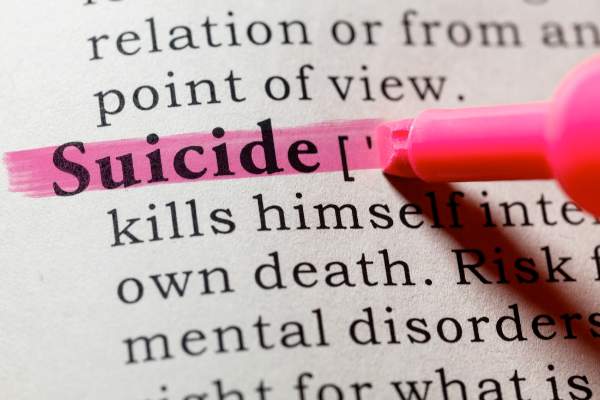FROM JAMA PSYCHIATRY
The spouses of people who died by suicide are at increased risk of mental health disorders, physical problems, and social health problems within 5 years of their partner’s death, based on data from a cohort study of about 7 million adults in Denmark. The findings were published online March 22.
“To our knowledge, this is the largest and most comprehensive study of spouses bereaved by a partner’s suicide,” wrote Annette Erlangsen, PhD, of Mental Health Centre Copenhagen, Hellerup, Denmark, and her colleagues. Although bereavement by any means is associated with increased risk of mental disorders in a surviving spouse, “whether any aspects of loss by suicide are worse than bereavement in general remains unexamined,” they wrote.
The researchers identified suicides since 1970 using a cause of death registry. The study population included 4,814 men (mean age 54 years) and 10,793 women (mean age 50 years) whose spouses committed suicide (JAMA Psychiatry. 2017 Mar 22. doi: 10.1001/jamapsychiatry.2017.0226 ).
Overall, both male and female spouses of people who took their own lives were more likely than was the general population to develop mental disorders within 5 years, with an incidence rate ratio (IRR) of 1.8 and 1.7, respectively, reported Dr. Erlangsen and her colleagues.
In addition, both male and female spouses of bereaved by a spouse’s suicide had increased risk for mental disorders, compared with spouses bereaved by other causes of death, with IRRs of 1.7 and 2.0, respectively. Specifically, the investigators found an excess risk after bereavement tied to a spouse’s suicide of mood disorders (men: IRR, 1.7; 95% confidence interval, 1.4-2.1; women: IRR, 1.3; 95% CI, 1.2-1.5), posttraumatic stress disorder (men: IRR, 5.6; 95% CI, 2.7-11.4; women: IRR, 3.6, 95% CI, 2.3-5.5), anxiety (men: IRR, 1.4; 95% CI, 1.0-1.9; women: IRR, 1.1; 95% CI, 0.9-1.3), drug use disorders (men: IRR, 1.4; 95% CI, 1.0-2.1; women: IRR, 1.0; 95% CI, 0.8-1.3), and deliberate self-harm (men: IRR, 1.3; 95% CI, 1.0-1.8; women: IRR, 1.5, 95% CI, 1.2-1.8).
The spouses of people who died by suicide also were more likely to use municipal family support, sick leave, unemployment, disability, and mental health care services, compared with the general population.
From a physical standpoint, spouses of people who died by suicide were at increased risk for cirrhosis and sleep disorders, and the risk of dying from any cause was higher in both men and women (IRR, 1.2 and 1.4, respectively). The risk of the spouse committing suicide was higher than in the general population for men (IRR, 3.5) and women (IRR, 4.2).
Women whose spouses committed suicide also were at significantly increased risk of becoming homicide victims (IRR, 33.8).
The data were limited by several factors, including the inclusion only of adults in formal unions, and the possibility that the hospital diagnoses might underestimate the actual incidence of health problems, the researchers noted.
“Bereavement following suicide constitutes a psychological stressor and remains a public health burden,” Dr. Erlangsen and her colleagues wrote. “More proactive outreach and linkage to support mechanisms is needed for people bereaved by spousal suicide to help them navigate their grief.”
The researchers had no financial conflicts to disclose. The American Foundation for Suicide Prevention and the Danish Health Insurance Foundation supported the study.





